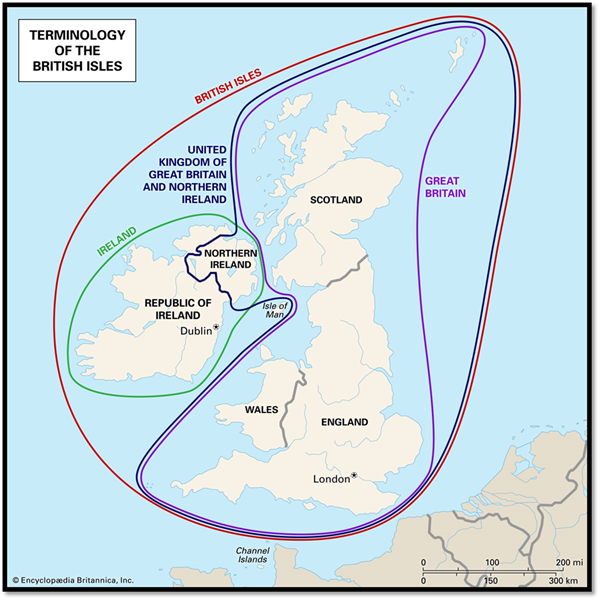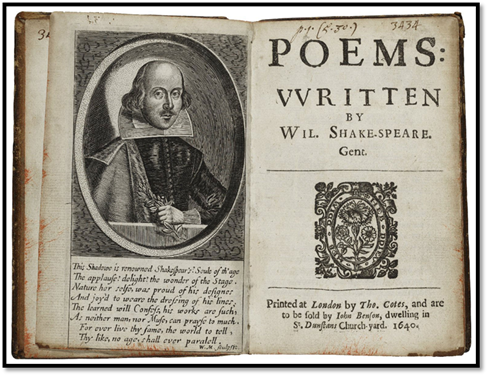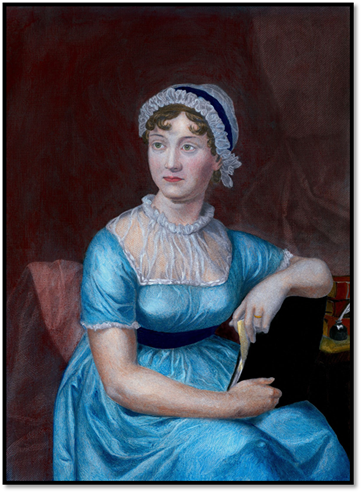British
Literature

Image 1: British Isles terminology. Image. Britannica School, Encyclopædia Britannica, 7 Aug. 2020.
Unit Overview
The second half of this course will be devoted
to the study of British literature. The units will provide an overview of some excellent
examples of poetry, drama, fiction, and nonfiction found in British literature.
The literature will be from various historical periods:
·
Renaissance Era (1400s
to 1660)
·
Regency Era (1795 to
1837)
·
Victorian Era (1837 to
1901)
·
Modernism Era (1901 to
1965)
Literary Terms
Literary terms refer to the technique, style,
and formatting used by writers and speakers to masterfully emphasize,
embellish, or strengthen their compositions. Below is a list of literary
terms that will be part of your reading passages. Look over the terms then complete the “Let’s
Practice.”
Let’s
Practice
British Literature: Renaissance Period

Image 2: Shakespeare, William. Image. Britannica
School, Encyclopædia Britannica, 7 Aug. 2020.
The English Renaissance was a period of
literary rediscovery in Britain from the late 1400s to 1660. It includes the
Tudor, Elizabethan, and Edwardian eras of monarchs and saw the rise of
Shakespeare.
Listen below to an overview during this period.
British Literature: Regency
Period

Image 3: Austen, Jane. Image. Britannica
School, Encyclopædia Britannica, 7 Aug. 2020.
England's Regency period (1795 to 1837) was
defined by distinct British trends and achievements, rules of society and
inheritance, and the rise of novels, such as those by Jane Austen.
Listen below to an overview during this period.
British
Literature: Victorian Period
The Victorian Era of British Literature lasted
through Queen Victoria's reign, from 1837 to 1901, and focused on themes
related to industrialization and progress in the 19th century. It was preceded
by British Romanticism and followed by the Edwardian period.
Listen below to an overview during this period.
British
Literature: Modernism Period
British Literature in the 20th century
witnessed the Edwardian period, Modernism, and Postmodernism. The Edwardian
period lasted from Queen Victoria's death in 1901 until World War I in 1914, a
transitional period that pushed back at conservative values. Modernism emerged
in response to the World Wars, a time of confusion and discovery.
Listen below to an overview during this period.
Let’s
Practice